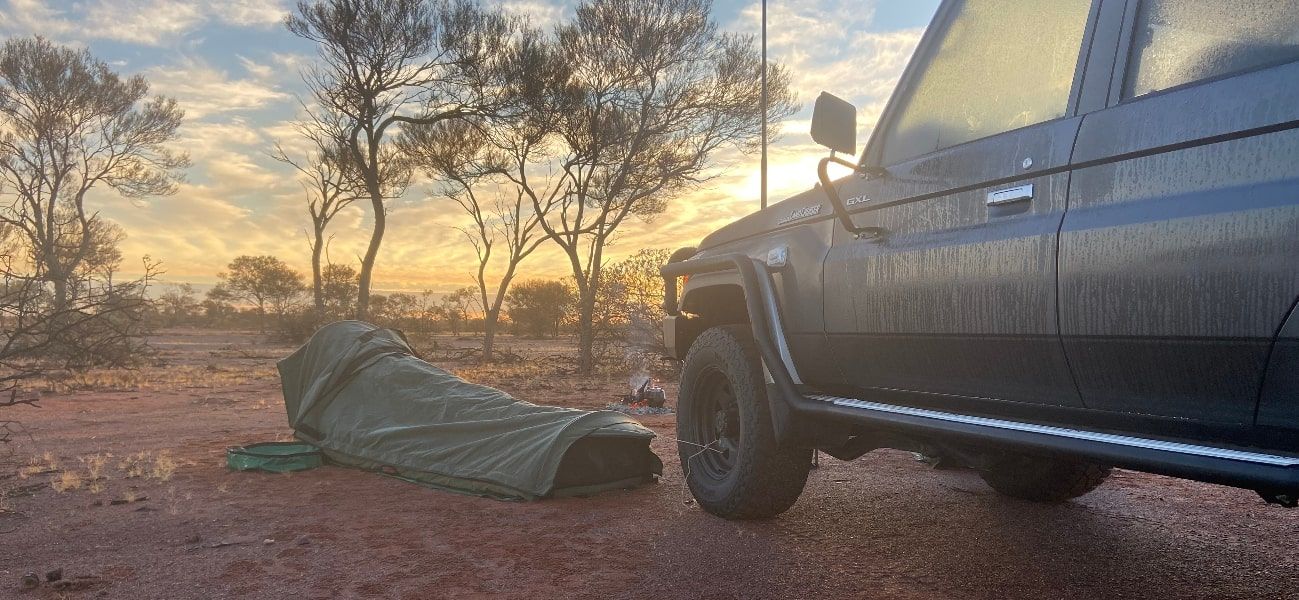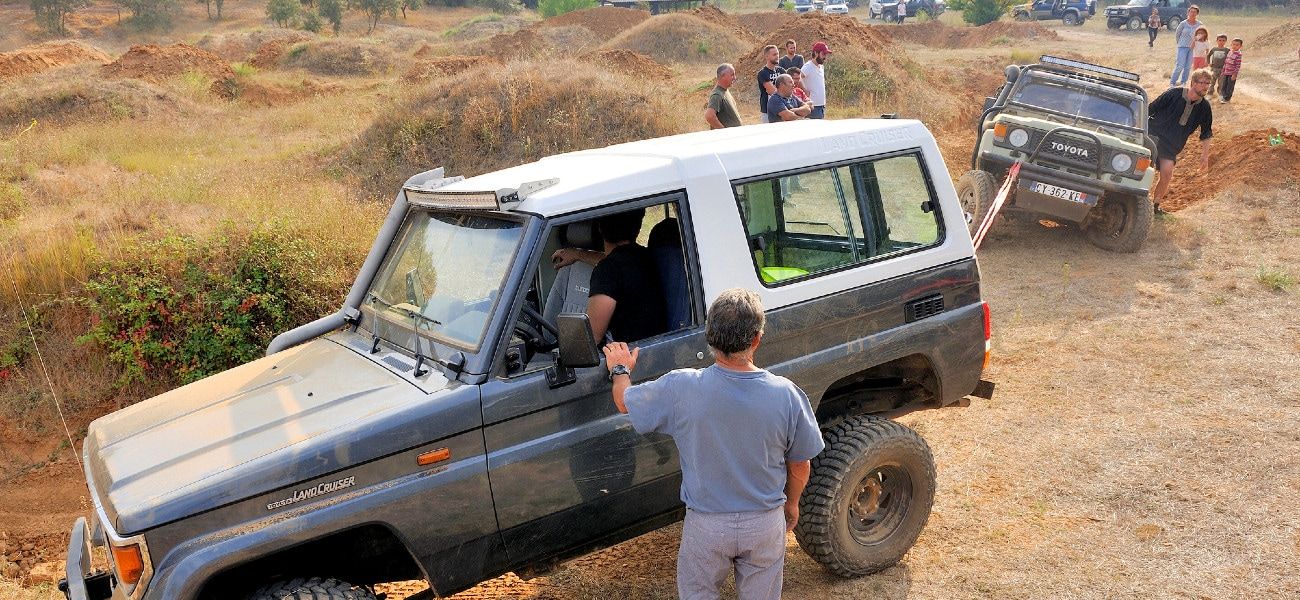Have you just bought a swag and are now wondering how to get it ready to withstand any weather? This step by step guide on how to season a swag will teach you everything you need about getting your swag ready for your next camping trip.
#1 - Set Up Your Swag
To get started, take your swag out of its bag, remove the swag mattress, and set it up on a flat, even surface in your backyard. If you don’t have a backyard or area where you can set up the swag and soak it with water, skip this step.
Even though you won’t be sleeping inside the swag, you should still take care when setting it up to make sure that it is erected properly. This is important because if the swag is in an unusual shape when you soak it and then let it dry, the shape could change permanently.
Note that if it is quite dirty, it may be worthwhile cleaning your swag before getting started. This will make sure that the seasoning process works evenly over the entire surface of the swag.
#2 - Soak The Swag With Water
Connect your garden hose to mains water and set the nozzle to low pressure or the "shower" setting, to avoid damaging the fabric with a high pressure jet.
At first, the canvas will repel the water, but after a while it will stop repelling and will instead start absorbing the water. Continue spraying it with water until it is fully soaked - this typically takes 3 to 5 minutes.
Make sure that you spray right along all of the seams and any other difficult to reach areas. It is important that the whole swag gets wet.
If you have a canvas swag bag, you might want to wet the bag as well to help improve it's waterproofing too.
Note that if you are not able to set up the swag fully for soaking, it is OK to instead soak it in cold water in your bathtub overnight.

#3 - Let It Dry
Let the swag dry in its erect position. Doing this outdoors is, of course, ideal, but if the weather is bad you can also let it dry under a cover.
Make sure that you set it up in a well-ventilated area, though, otherwise the canvas will not dry properly. This can prolong the seasoning process or even lead to mould issues.
#4 - Repeat
It is best to repeat the process of soaking the swag and letting it dry two more times. Take a look inside after each wetting - every time there should be less leakage into the inside of the swag, and by the time you get to the final seasoning the interior should remain perfectly dry.
If there is still water seeping through at the seams, you may want to consider applying a seam-sealing product. This guide on waterproofing a tent will take you through the process.
In saying this, coating the entire swag with a waterproofing spray is not recommended. This can result in every single hole on the swag sealing up, reducing the ability of the canvas to breathe and making it unbearably hot and stuffy inside.
While this would make it more waterproof, it would also make it more uncomfortable, especially in summer. Ultimately, it’s up to you, but I personally don’t recommend this.
#5 - Pack It Away
After the swag has thoroughly dried you can pack it away. Make sure to never pack it away while it is still damp, as you run the risk of mould forming. If possible, store the swag in a dry place without direct sunlight so that it doesn’t fade, as well as away from insects and rodents, to prevent damage.
If you keep it rolled up tightly in storage for too long, you might find that it has become harder for your swag to bounce back into shape once set up. The mattress will also tend to lose its shape and offer less support.
If you go camping with it infrequently, you might want to put it up in your backyard every once in a while. This is also a good idea if you live in a humid area and want to check for mould growth while also airing the swag out.
Summary
As you can see, seasoning a swag is not too complicated. The most important thing to keep in mind is this: be patient when wetting and drying your swag. Don’t move to the next step unless your swag is entirely wet or entirely dry.
Anyway, I hope that this guide has helped you out. If you have any questions, please leave a comment below!
This article may contain affiliate links. I will earn a commission if you choose to purchase a product or service after clicking on my link. This helps pay for the cost of running the website. You will not be disadvantaged in any way by using my links.
Note that while every effort is made to ensure the accuracy of the information on this page, there may sometimes be errors. Check all specifications with the manufacturer before purchasing any product.




So soak the tent inside as well as out side, not just the outside ???